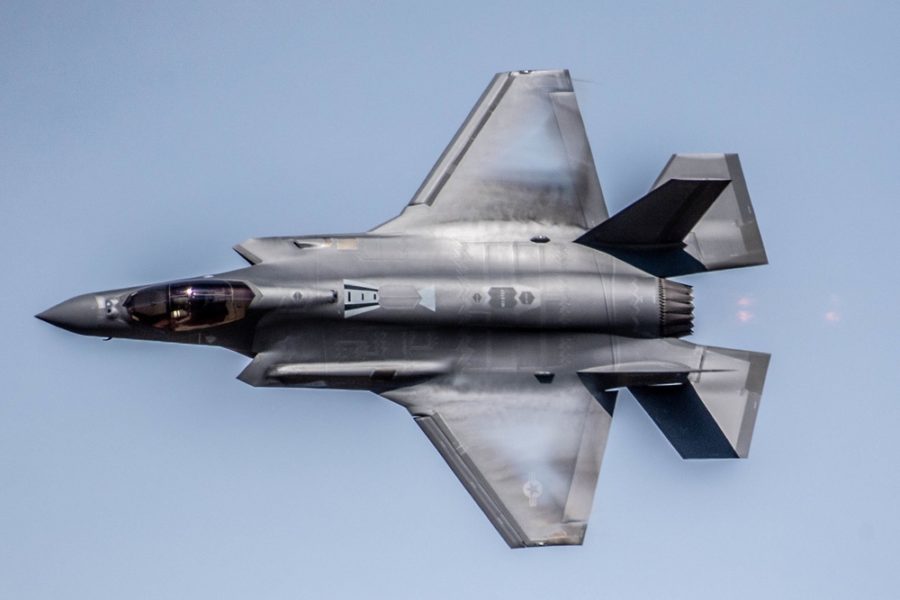Finland finalized its $9.4 billion purchase of 64 Lockheed Martin F-35s and support services, signing a letter of offer and acceptance, announced Feb. 11, that calls for the jets to be delivered before the end of 2030. The agreement provides Finland with industrial participation on the program.
The F-35A conventional-takeoff jets will be of the Block 4 configuration and replace Finland’s F/A-18C/D fighters, which will be phased out as the new aircraft arrive, starting in 2025. In addition to providing Finland with a fifth-generation fighter, the deal will provide Finnish companies “high technology engineering and manufacturing economic benefits,” Lockheed Martin F-35 vice president and program manager Bridget Lauderdale said in a press statement.
“The production work will continue for more than 20 years, and the F-35 sustainment work will continue into the 2060s,” Lauderdale said. Finland will produce significant portions of the F-35’s forward fuselage for itself and other customers. It will also produce structural components and “equipment testing and maintenance capability,” the Finnish defense ministry said in a Dec. 10 release. Finnish industry may also be involved in final assembly of the fighter’s F135 engine.
Industrial participation was a contingency of the sale. Finland told fighter competitors in 2018 that the acquisition had to include industrial offsets valued at 30 percent or more of the eventual contract.
The Finnish defense ministry, in the Dec. 10 release, said the industrial agreement “is to develop and maintain the production, technology and expertise in the defense and security industry that is critical with respect to national defense, state security and functions vital to society, as well as to improve and safeguard the national security of supply.” The ministry said offsets will directly create “4,500 person-years” of jobs in Finland and 1,500 person-years of indirect labor.
The acquisition will be managed through the U.S. Foreign Military Sales program. It includes engines, maintenance equipment, spare parts, training equipment, and service.
A separate letter of acceptance will be signed later this year for the provision of Sidewinder and AMRAAM air-to-air missiles to equip the fighters, and Finland said it will sign agreements for air-to-ground munitions “later.” Finland already has a number of American munitions types that can be carried by the F-35, including the stealth AGM-158 Joint Air-to-Surface Standoff Missile.
The F-35 was selected over the Saab JAS-39 Gripen, Dassault’s Rafale, and the Boeing F/A-18E/F Super Hornet version of the fighter Finland has been operating since the 1990s.
Finnish defense minister Antti Kaikkonen said in a comparison of “military performance” of the finalists, the F-35 “best met our needs.”
In addition to seven development partners who are buying and operating the F-35, the sale to Finland marks the eighth FMS customer for the jet, making 15 operators worldwide. Turkey, which was an original development partner, and had actually accepted four F-35s, was expelled from the program over that country’s decision to buy the Russian S400 air defense system, which would have compromised the stealth fighter’s secrets.
Finland is an unaligned nation, but the eduskunta, its parliament, has over the past few years discussed joining NATO. Switzerland is also neutral but ordered 36 of the jets last fall; it has not yet formalized the sale with a letter of acceptance. Finnish neighbor Norway, which is part of NATO, already operates the F-35.
